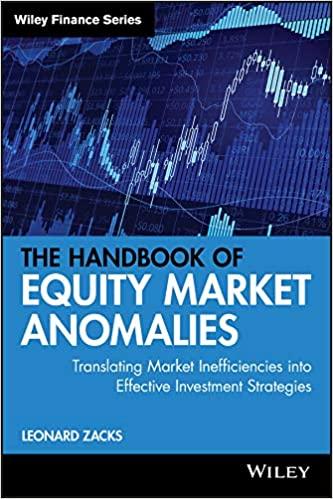Question
The price to earnings (P/E) ratio is an after-tax metric reflecting growth potential of the common stock of a corporation. P is the selling price
 The price to earnings (P/E) ratio is an after-tax metric reflecting growth potential of the common stock of a corporation. P is the selling price (per share) of the common stock, and E is the after-tax earnings per year of a share of stock. A high P/E ratio, for example, indicates that a firm is in a high-growth industry and that annual earnings are not as important to investors as the growth rate of the price of common stock is. Because a corporation can be assumed to have an indefinitely long life, the P/E ratio can be likened to the (P/A, I%, N) factor when N approaches infinity. For a certain transportation company, the P/E ratio is 12. what is the implied IRR for this relatively stable company? Refer to the associated graph. Identify when the WACC approach to project acceptability agrees with the CAPM approach. When do recommendations of the two approaches differ? Explain why. by Excel Sheet
The price to earnings (P/E) ratio is an after-tax metric reflecting growth potential of the common stock of a corporation. P is the selling price (per share) of the common stock, and E is the after-tax earnings per year of a share of stock. A high P/E ratio, for example, indicates that a firm is in a high-growth industry and that annual earnings are not as important to investors as the growth rate of the price of common stock is. Because a corporation can be assumed to have an indefinitely long life, the P/E ratio can be likened to the (P/A, I%, N) factor when N approaches infinity. For a certain transportation company, the P/E ratio is 12. what is the implied IRR for this relatively stable company? Refer to the associated graph. Identify when the WACC approach to project acceptability agrees with the CAPM approach. When do recommendations of the two approaches differ? Explain why. by Excel Sheet
Step by Step Solution
There are 3 Steps involved in it
Step: 1

Get Instant Access to Expert-Tailored Solutions
See step-by-step solutions with expert insights and AI powered tools for academic success
Step: 2

Step: 3

Ace Your Homework with AI
Get the answers you need in no time with our AI-driven, step-by-step assistance
Get Started


